Show Some Love for MEP Rangers
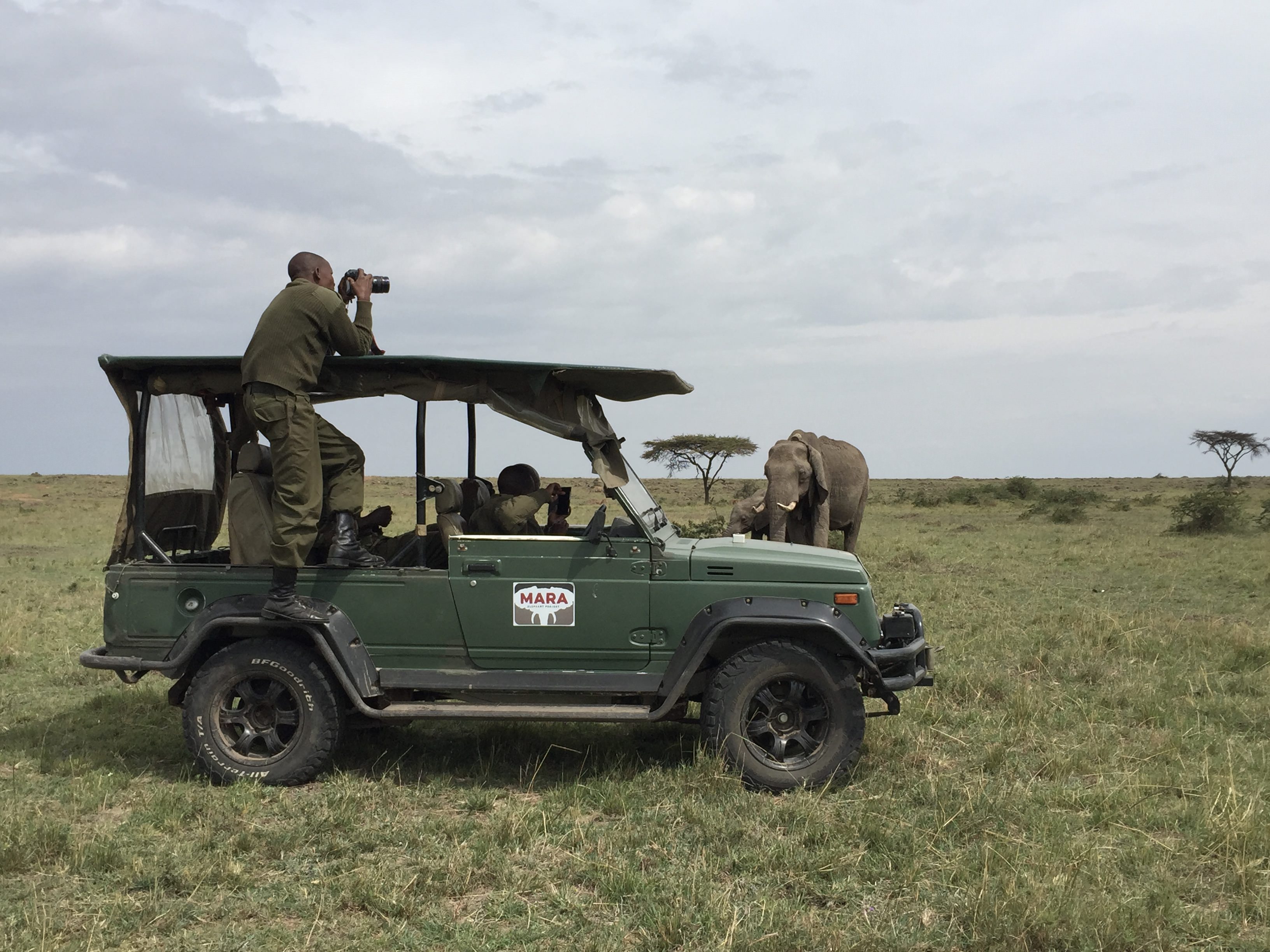
Mara Elephant Project’s Amazon Wish List is a really great way for people to directly support MEP rangers. Most items listed are things that rangers use on a daily basis when they are stationed in the field for two-week periods focusing on intelligence gathering, mitigating human-elephant conflict, arresting poachers, building chili fences or seizing ivory and other contraband.
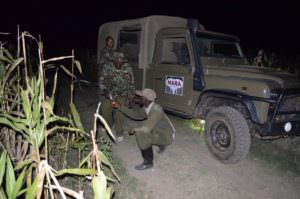 Twenty dollars can buy MEP rangers an 8-pack of Lithium batteries that fuels almost all of our equipment while out in the field and are crucial to keeping our operations running. A $70 LED flashlight is essential for the intelligence teams that are working at night to gather information that leads to many of our arrests. Elephants also reside in dense forests where darkness can descend quickly, and flashlights are needed to lead the way toward an elephant in trouble. The flashlights listed on MEP’s Amazon Wish List are a new technology that allows you to charge them using a USB port. This is especially important because all camps in the Mara have portable solar systems, so these flashlights will need less batteries, which is not only better for the environment but also drops our operating cost.
Twenty dollars can buy MEP rangers an 8-pack of Lithium batteries that fuels almost all of our equipment while out in the field and are crucial to keeping our operations running. A $70 LED flashlight is essential for the intelligence teams that are working at night to gather information that leads to many of our arrests. Elephants also reside in dense forests where darkness can descend quickly, and flashlights are needed to lead the way toward an elephant in trouble. The flashlights listed on MEP’s Amazon Wish List are a new technology that allows you to charge them using a USB port. This is especially important because all camps in the Mara have portable solar systems, so these flashlights will need less batteries, which is not only better for the environment but also drops our operating cost.
MEP rangers work regardless of weather and are exposed to the often-unpredictable conditions Mother Nature can present. They spend hours a day on their feet and having dry, comfortable socks and boots is essential to keeping them safe and focused in the field. A 12-pack of socks for $25 or a $22 durable all-weather poncho for a MEP ranger in the field is the difference between a wet or dry experience in the bush. Army backpacks for $35 are used for their clothing, shoes and other essentials and the donation of one ensures that they have a safe and waterproof place to keep their gear and supplies for the two-week stay.
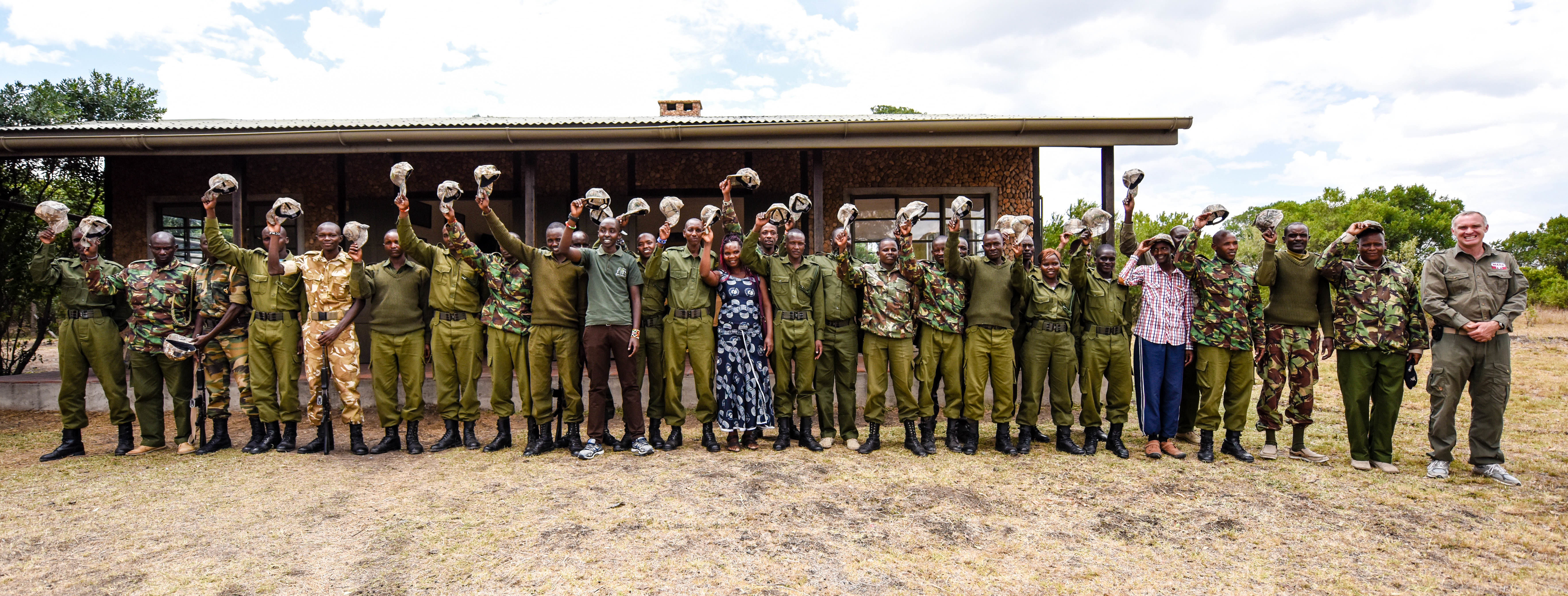
Every donation whether big or small really adds up and makes a difference on the front line, enabling rangers to protect elephants and the community.
The Amazon Wish List gives our supporters a great way to directly support MEP’s rangers.
Show Some Love for the MEP Helicopter

Thanks to the generosity of Karen Blixen Camp Trust and Ree Park Safari, Mara Elephant Project operates the only helicopter dedicated to wildlife in the Mara. Since 2015, MEP has had use of this essential tool in our human-elephant conflict toolkit that works well in coordination with flash bangs. The helicopter supports our collaring and monitoring efforts by making the collaring of at-risk elephants safer for both the elephant and support team. Additionally, we are now able to complete monthly monitoring flights that ensures the elephant’s safety and well-being as well as collects important data like herd size and health. Though MEP rangers are the backbone of our organization, the helicopter provides them with aerial support in difficult HEC mitigate situations. We are able to locate crop-raiding elephants faster and provide a much-needed distraction from the elephant while our boots on the ground guide them to safety.

In addition to all of these benefits that directly help MEP, the helicopter has helped many other organizations in the Mara, because it’s the only one in use. MEP’s access to the helicopter has allowed us to create more partnerships within the Mara. We’ve increased our partnership with the Kenya Wildlife Service and are often seen helping a David Sheldrick Wildlife Trust vet treat injured elephants. Another great benefit for the Mara is that MEP is able to quickly and effectively help anyone injured during a human-wildlife conflict situation and get them to treatment as soon as possible. In a smaller capacity, we are also helping investigate and treat other injured or deceased animals in the Mara such as giraffes and buffalo.
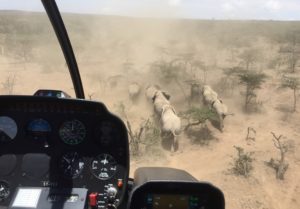 So, when you support MEP’s Karen Blixen Camp Ree Park Safari helicopter, you’re really supporting the welfare and continued conservation of the Mara and every organization that strives to protect its precious people, wildlife and ecosystem.
So, when you support MEP’s Karen Blixen Camp Ree Park Safari helicopter, you’re really supporting the welfare and continued conservation of the Mara and every organization that strives to protect its precious people, wildlife and ecosystem.
The helicopter costs $400 an hour to fly. This amount covers fuel, insurance and maintenance of the helicopter, all vital parts of keeping us safe. On average, MEP predicts we will fly the helicopter 35 hours per month in 2018, bringing our total fuel cost monthly to $14,000. MEP never wants to be put in a position where we have to tell a farmer “no, we can’t help” when they call the hotline because we don’t have flying hours left on the helicopter or a ranger team in their area. The helicopter allows us to always say “yes” and respond at a moment’s notice to elephants in trouble or farms that are threatened.
Help support the MEP helicopter via MEP
Help support the MEP helicopter via Generosity
Show Some Love for MEP Collared Elephants

Mara Elephant Project’s approach of collaring, monitoring and researching elephants is a key component to ensuring we meet our mission objectives. Currently, MEP has 20 collared elephants that we monitor via Google Earth daily. Since the beginning of the collaring operations at MEP, our total 38 collared elephants have provided data that is still being used daily to mitigate human-elephant conflict, inform ranger deployment and anti-poaching work, and promote transboundary cooperation within the wider ecosystem. The collar software also includes alarms for immobility, geo-fence breaches and streaks (when an elephant moves quickly potentially signifying it is in danger) which MEP reacts to at a moment’s notice.
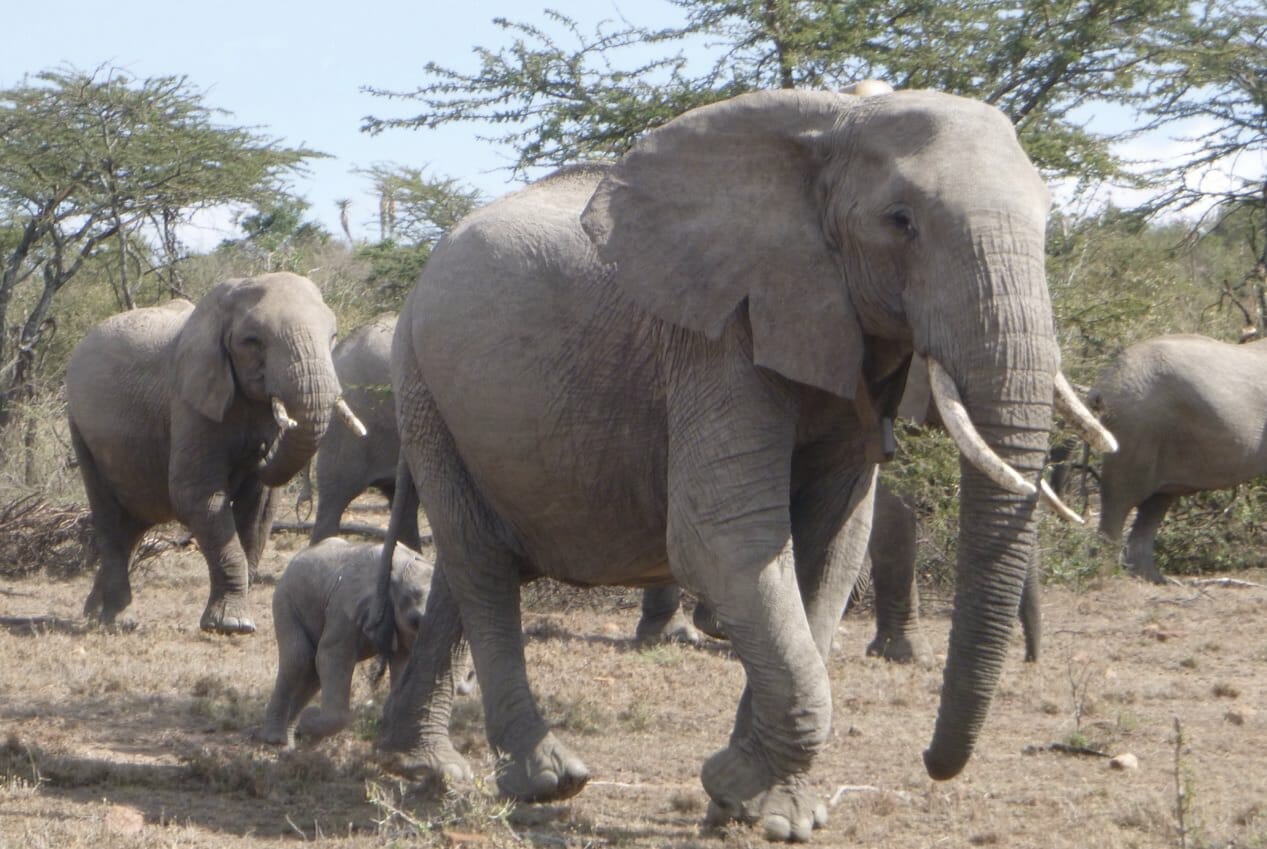
The downside of the elephant collars is that they only last three years and are expensive to replace. The cost to cover the collaring of an elephant and the monitoring of the collar for the lifespan of three years is $26,000. This figure includes a new elephant collar ($3,000), deployment of that collar ($1,500) and monitoring by rangers using vehicles, monthly aerial monitoring in the Karen Blixen Camp Trust Ree Park Safari helicopter and data download fees, which amounts to $7,200 for every year that collar is operational.
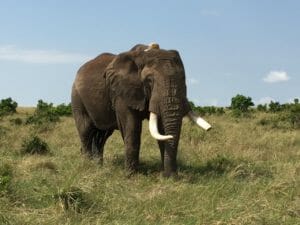 In 2018 alone, MEP must replace 10 collars on Kegol, Chelsea, Limo, Caroline, Naibosho, Shorty, Hugo, Fred, Tressa, and Alina because their lifespan is up. In addition to these 10 replacements, we’ll need to replace collars on two elephants including Lucy and Nkoidilla whose were recently lost. We also want to collar three new elephants in 2018. One in poaching hotspot Loita Hills and two in the Mau Forest. This brings us to a total of 15 collars that MEP needs to raise money to support in 2018!
In 2018 alone, MEP must replace 10 collars on Kegol, Chelsea, Limo, Caroline, Naibosho, Shorty, Hugo, Fred, Tressa, and Alina because their lifespan is up. In addition to these 10 replacements, we’ll need to replace collars on two elephants including Lucy and Nkoidilla whose were recently lost. We also want to collar three new elephants in 2018. One in poaching hotspot Loita Hills and two in the Mau Forest. This brings us to a total of 15 collars that MEP needs to raise money to support in 2018!
Expanding our elephant collaring program is essential to MEP’s success. We focus on candidates that will gather useful spatial data meaning elephants in border areas, areas of conflict or areas outside conservancies or national reserves. We are also looking for candidates that represent crop raiding elephants identified across the dispersal area and candidates that represent large herds. The collared elephants in most cases represents a whole herd that may be at risk.
The monitoring of elephants and supporting that aspect of MEP’s operations is equally as important. Through all of this monitoring, MEP generates monthly tracking reports, constructs density and movement maps, with partner Save the Elephants, and populates a shared geo-fence database. Each day coordinates are sent to ground patrols who use these to check on the elephants. Depending on the satellite image quality, it is possible to see settlements near the collared elephant. This information is used to anticipate possible human-elephant conflict incidents and intervene before it occurs. Though the aerial monitoring program we have identified that the 23 collared represent between 400 and 600 elephants, as counted each month.
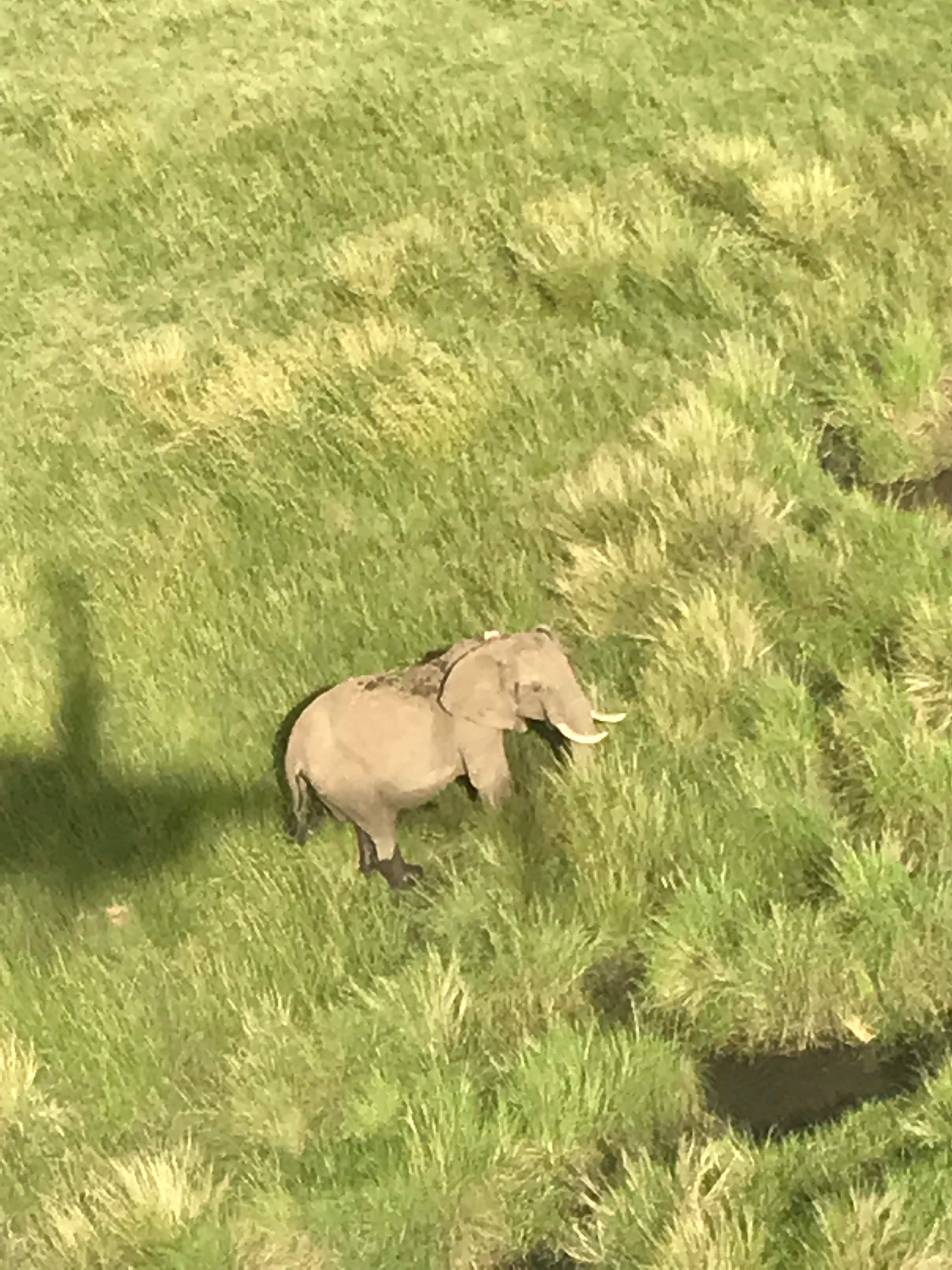
The data collected from MEP’s elephant collars is the single best indicator for identifying elephant density hotspots, defining corridors, and illustrating elephant movements to target audiences. Combined data from a sample number of elephant collars spread across the elephant population present an accurate extent of the current elephant rangeland. The ongoing collection of data and further analysis must continue to provide the evidence underpinning the communications and advocacy efforts of the organization to protect this critical habitat into the future.


